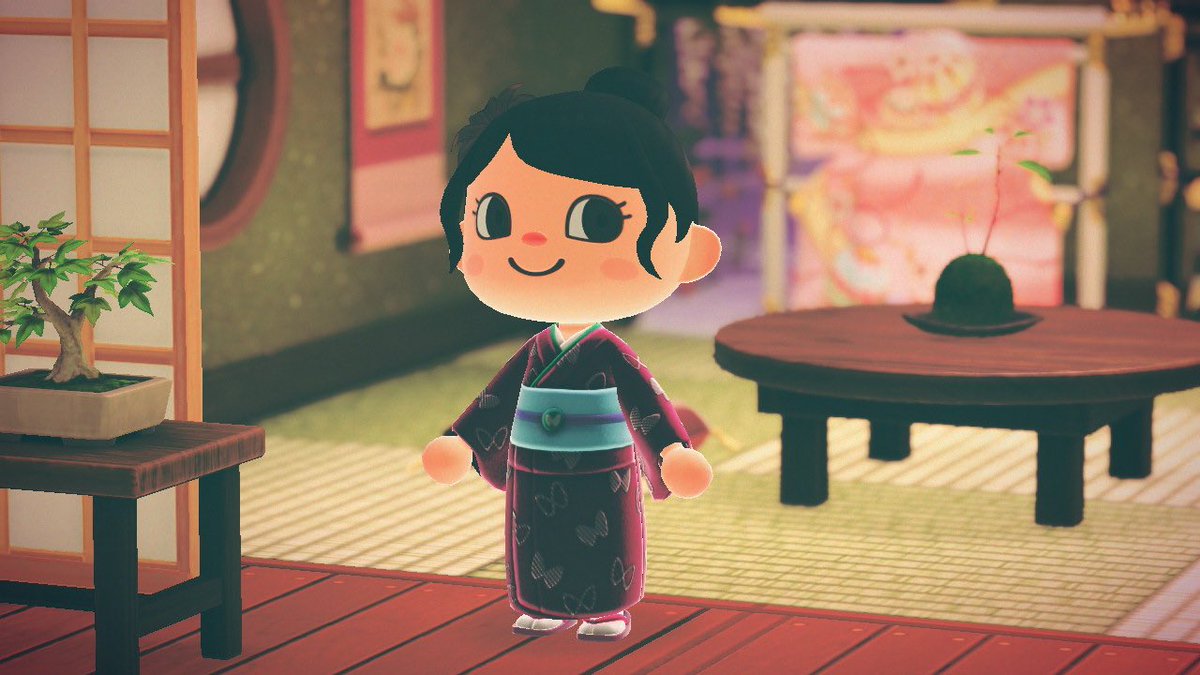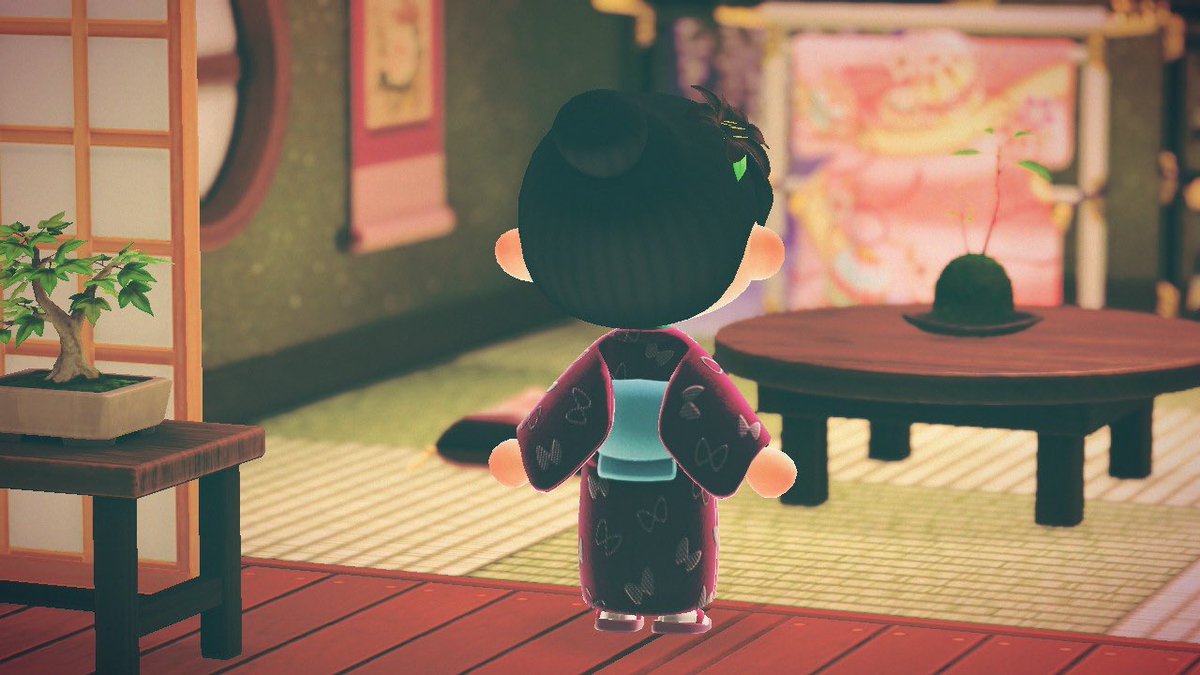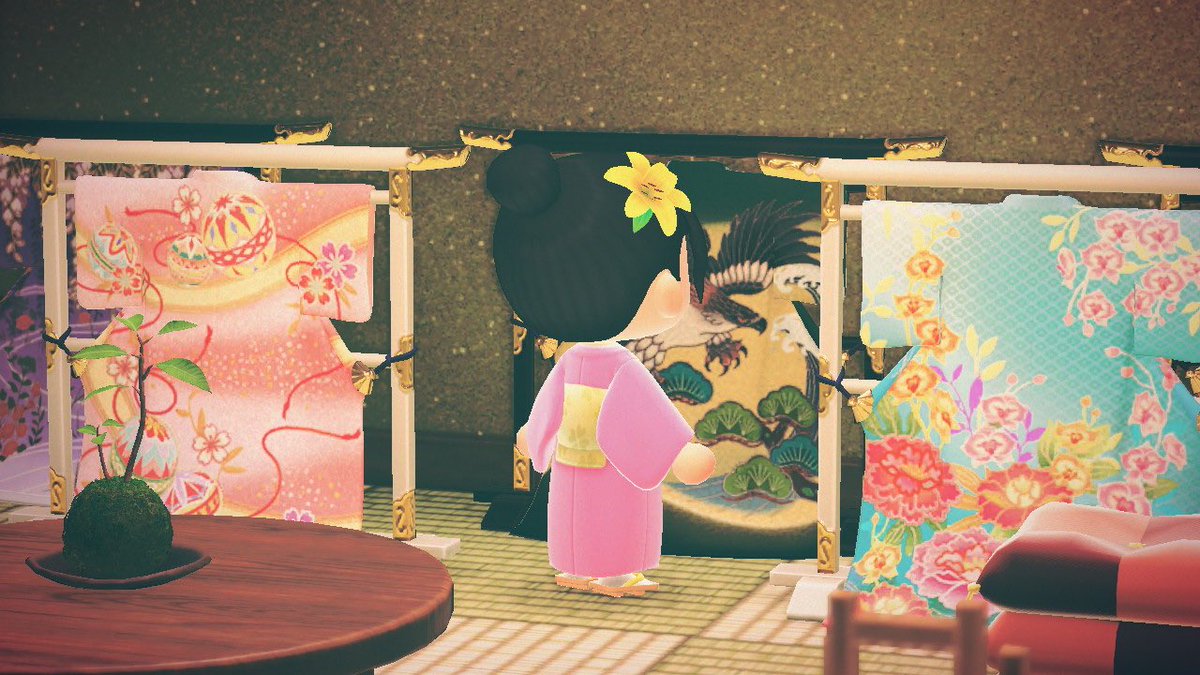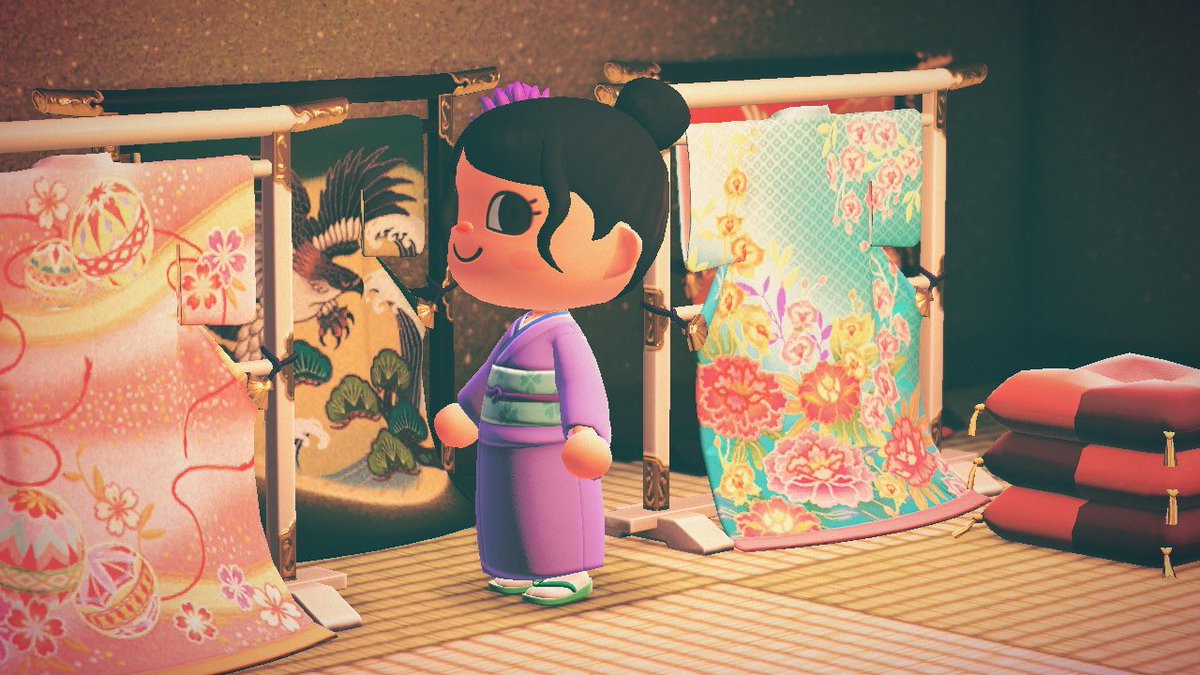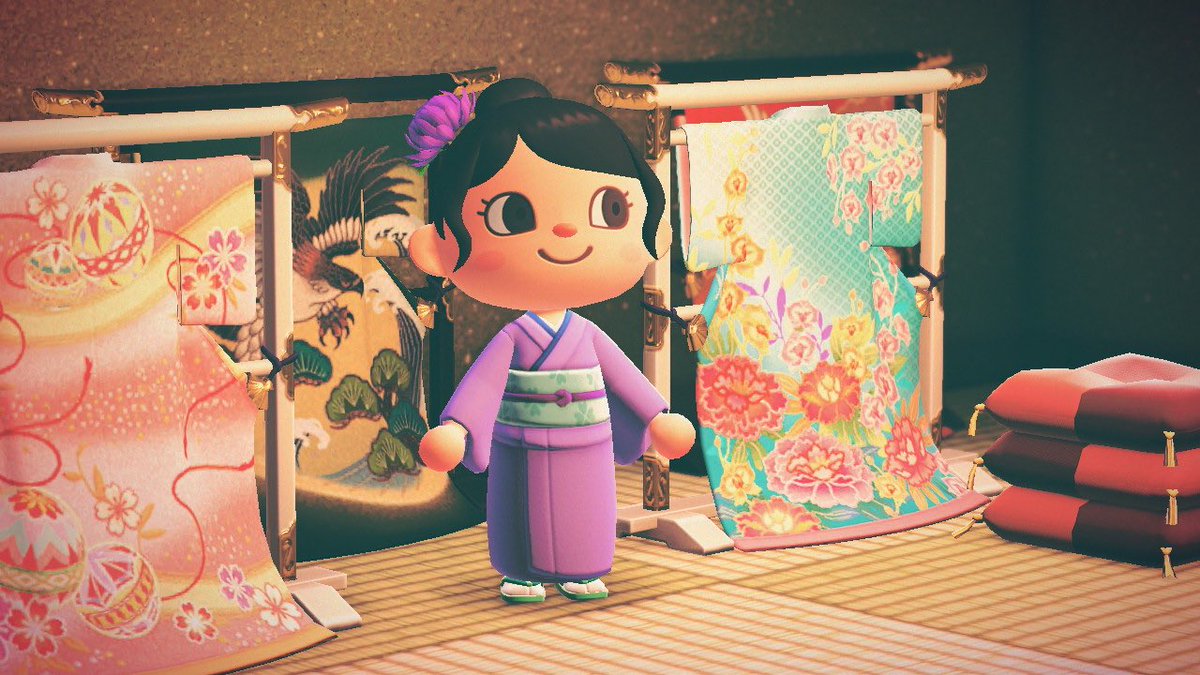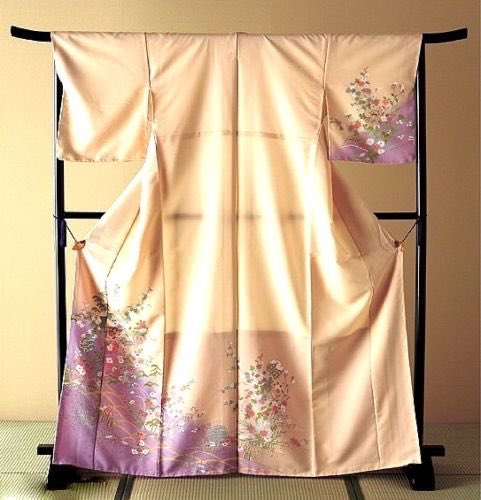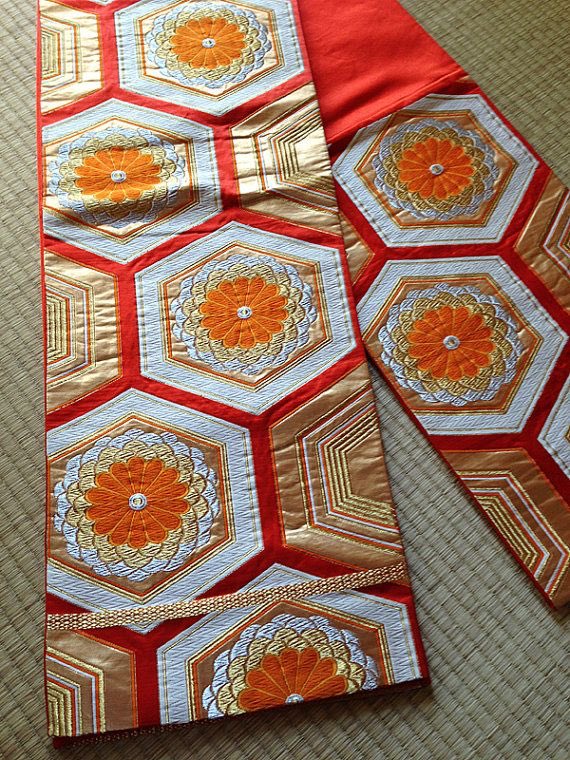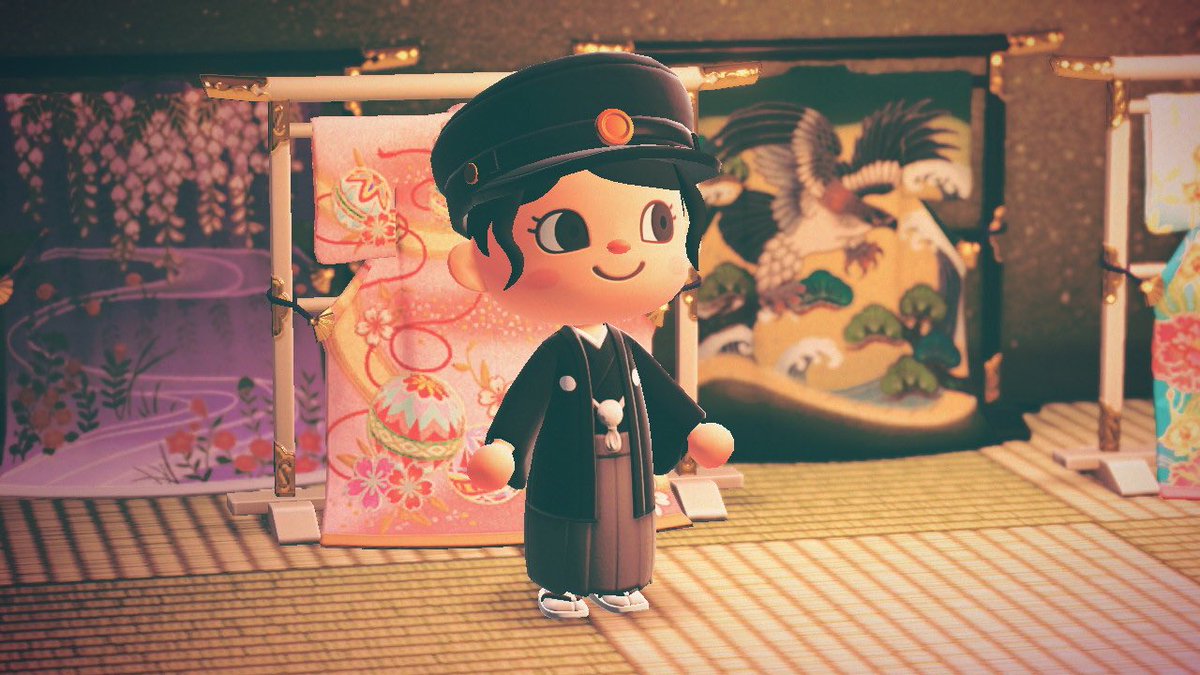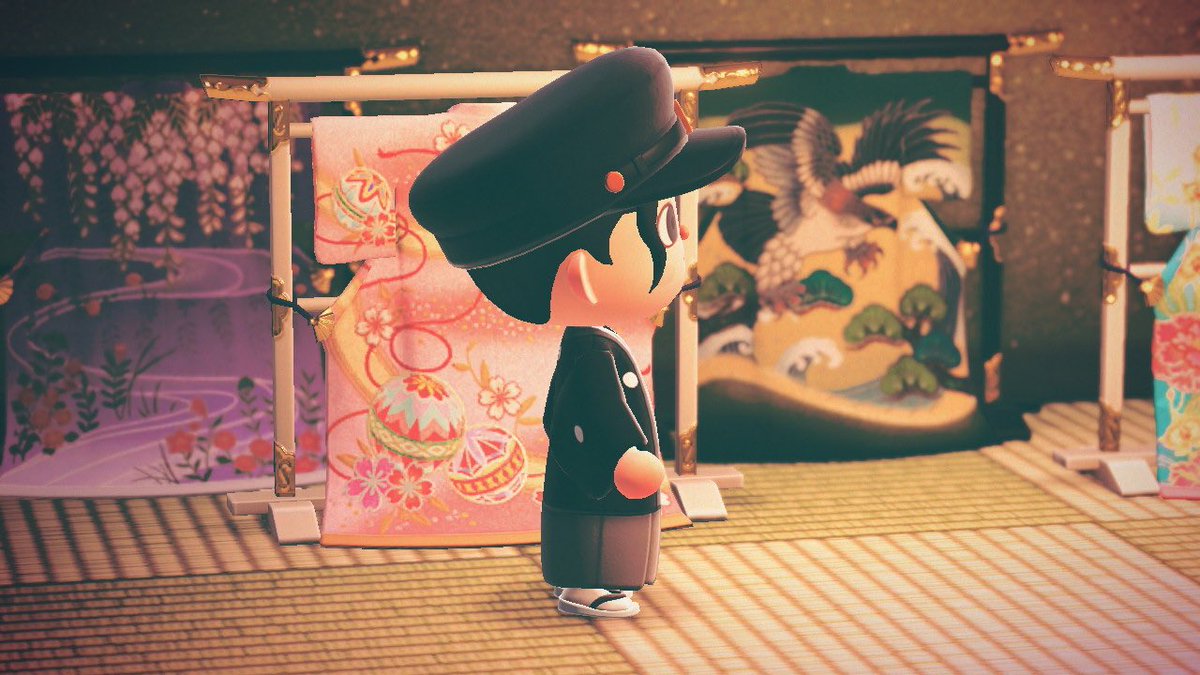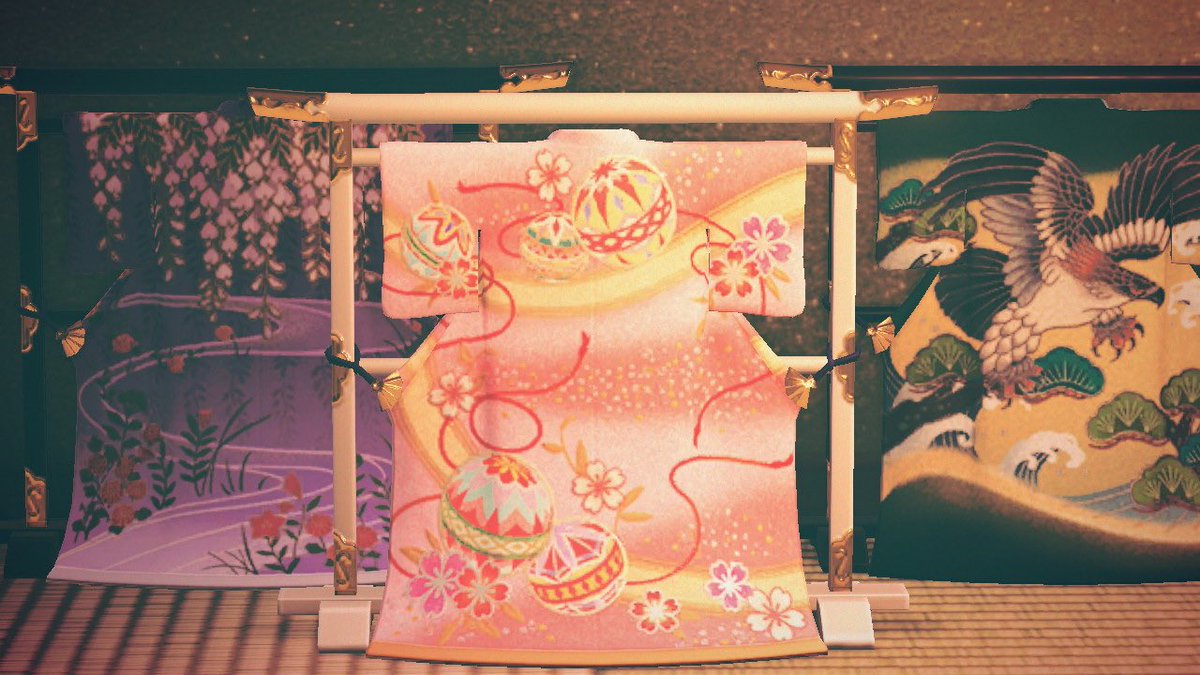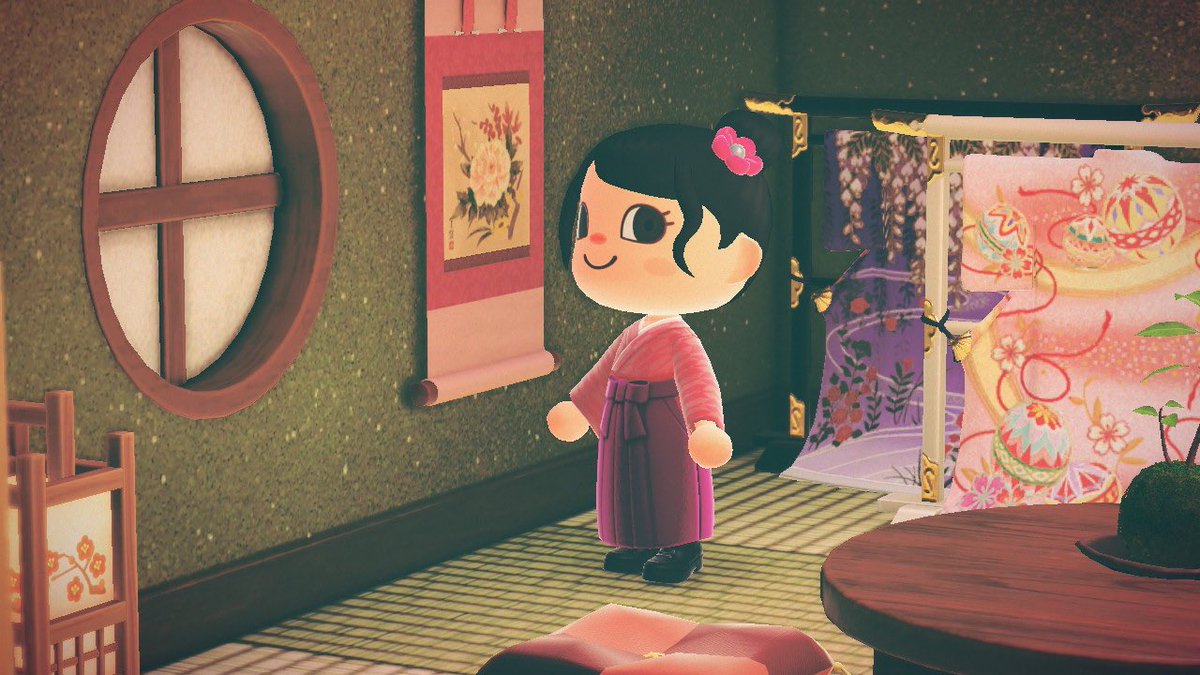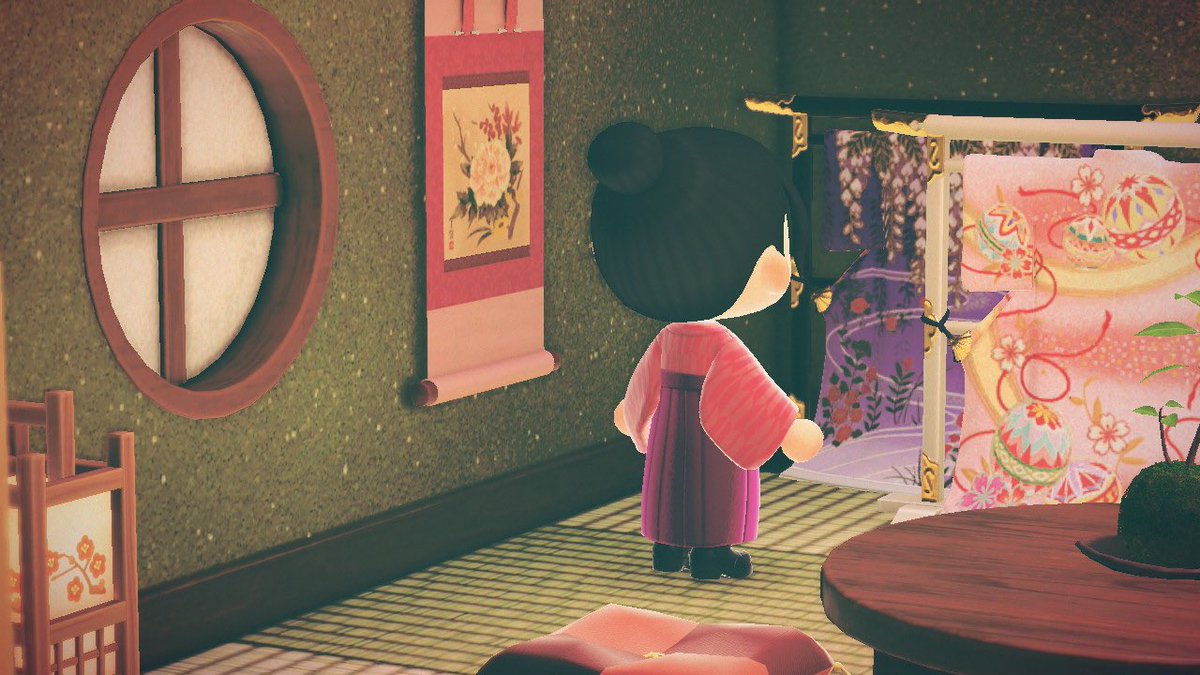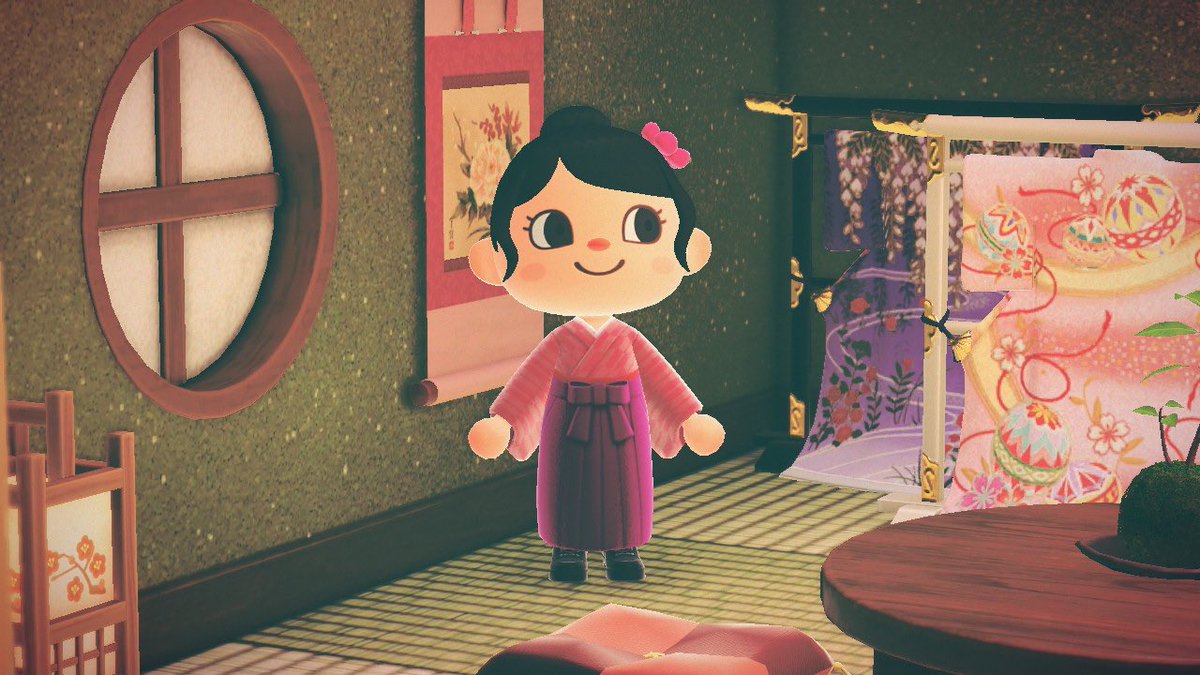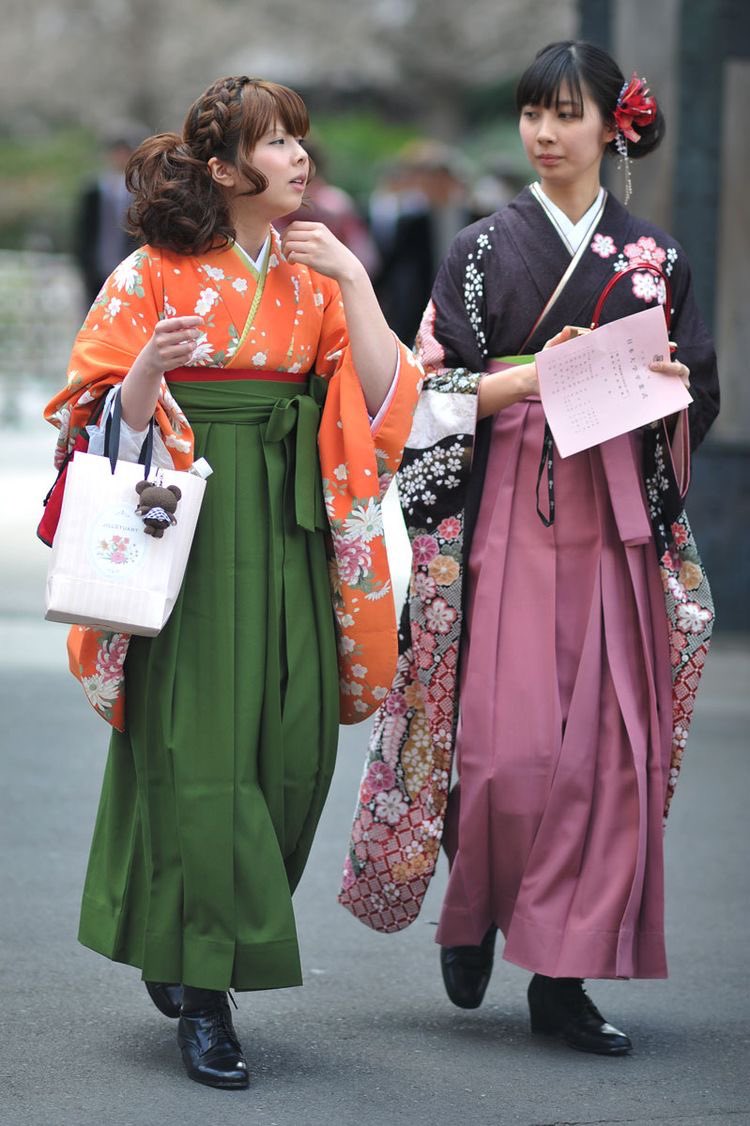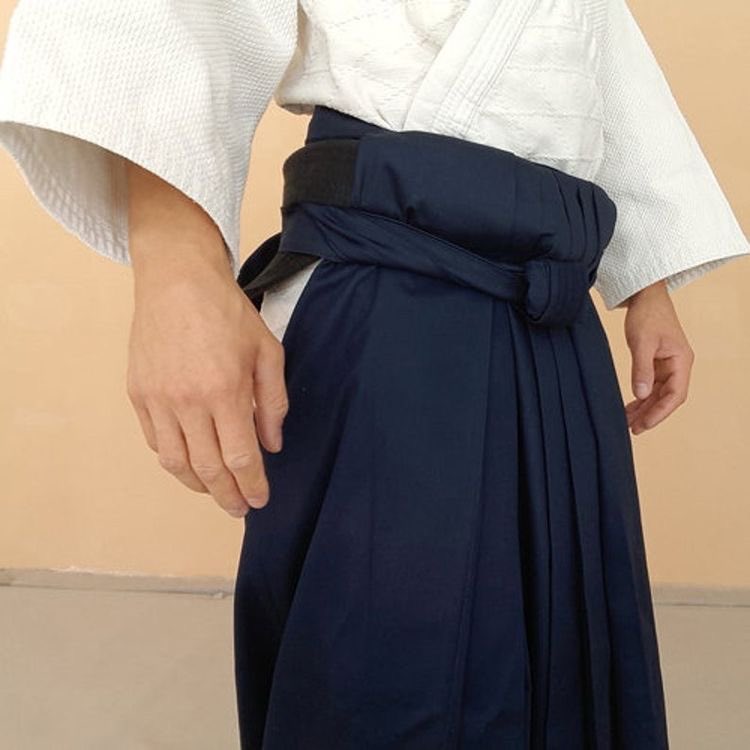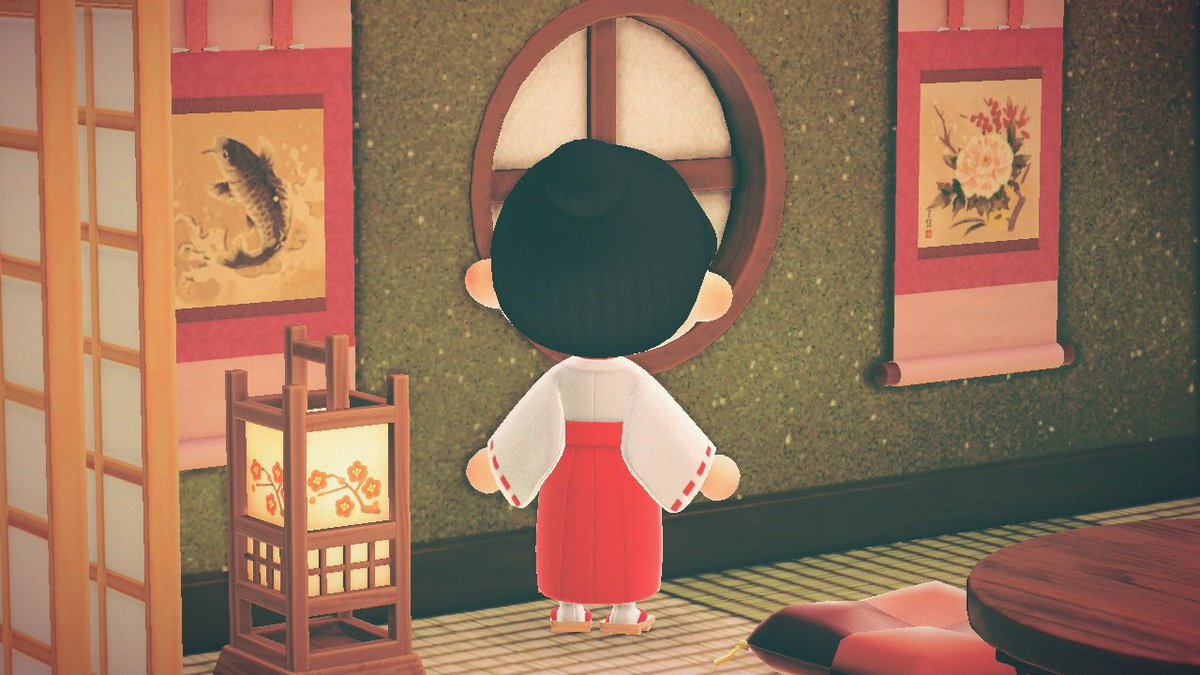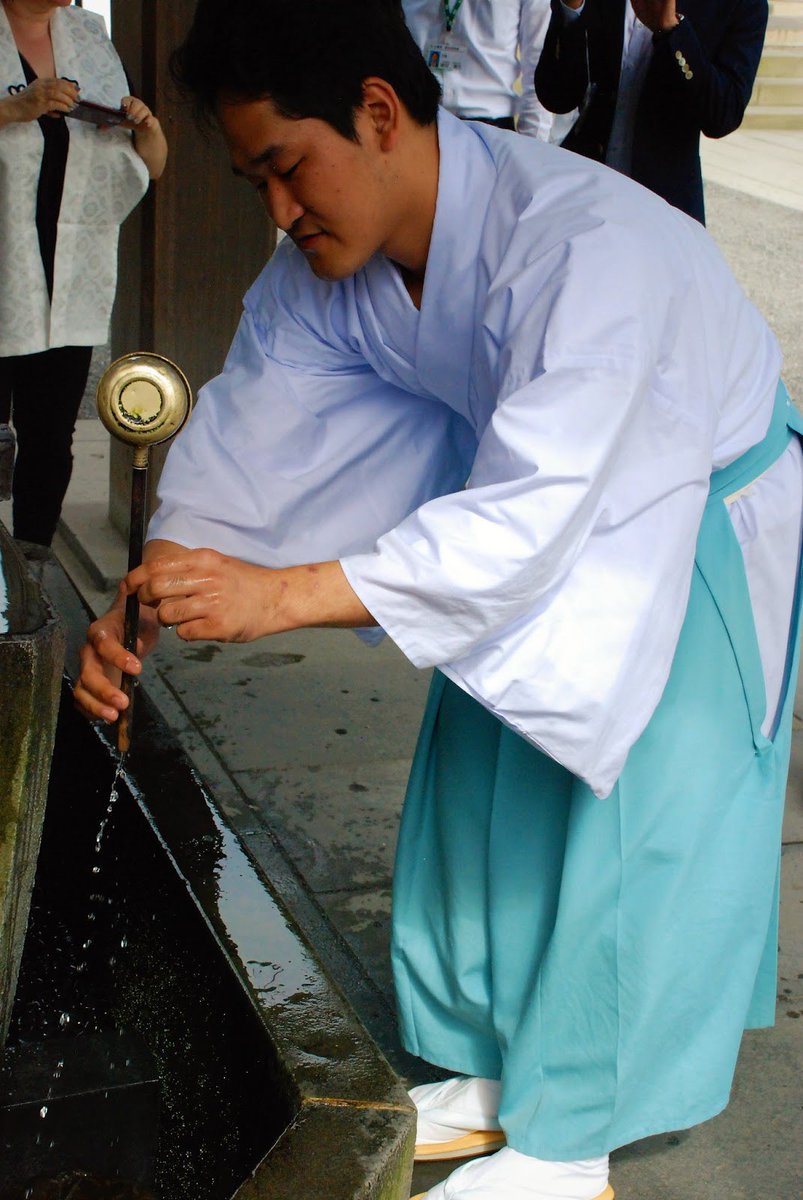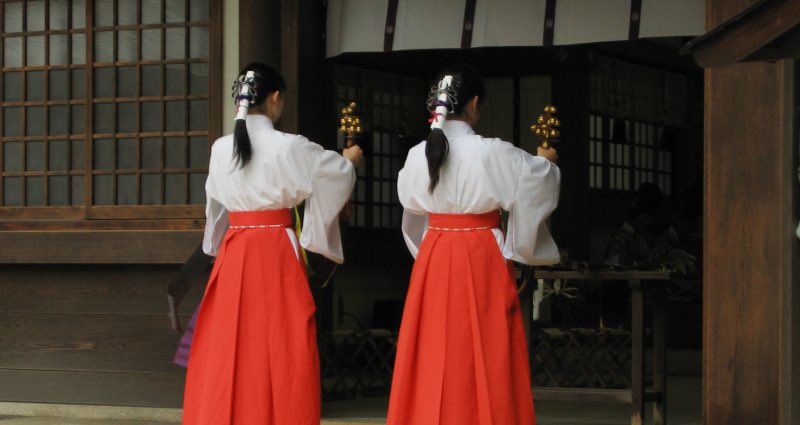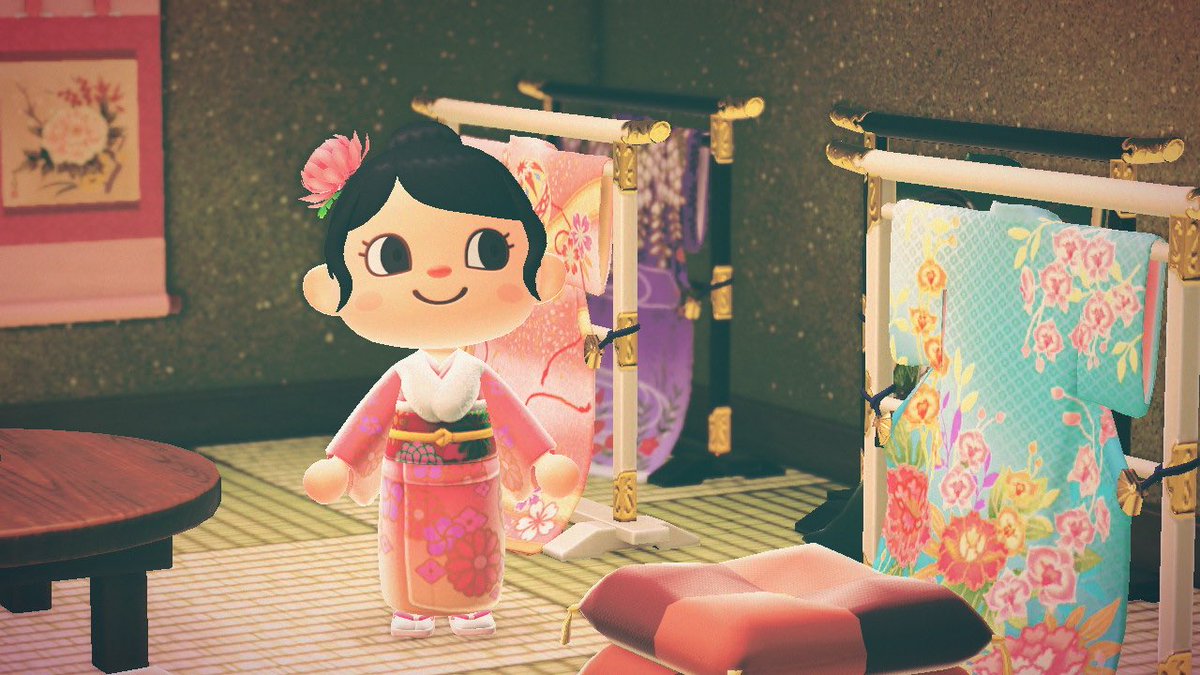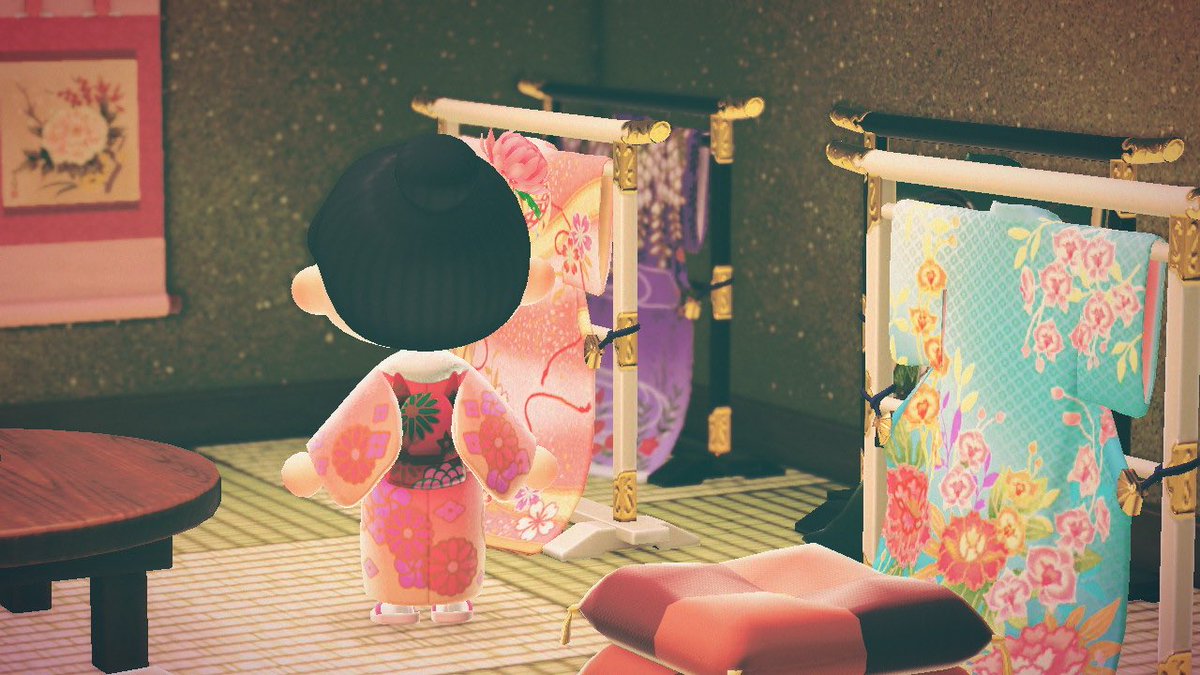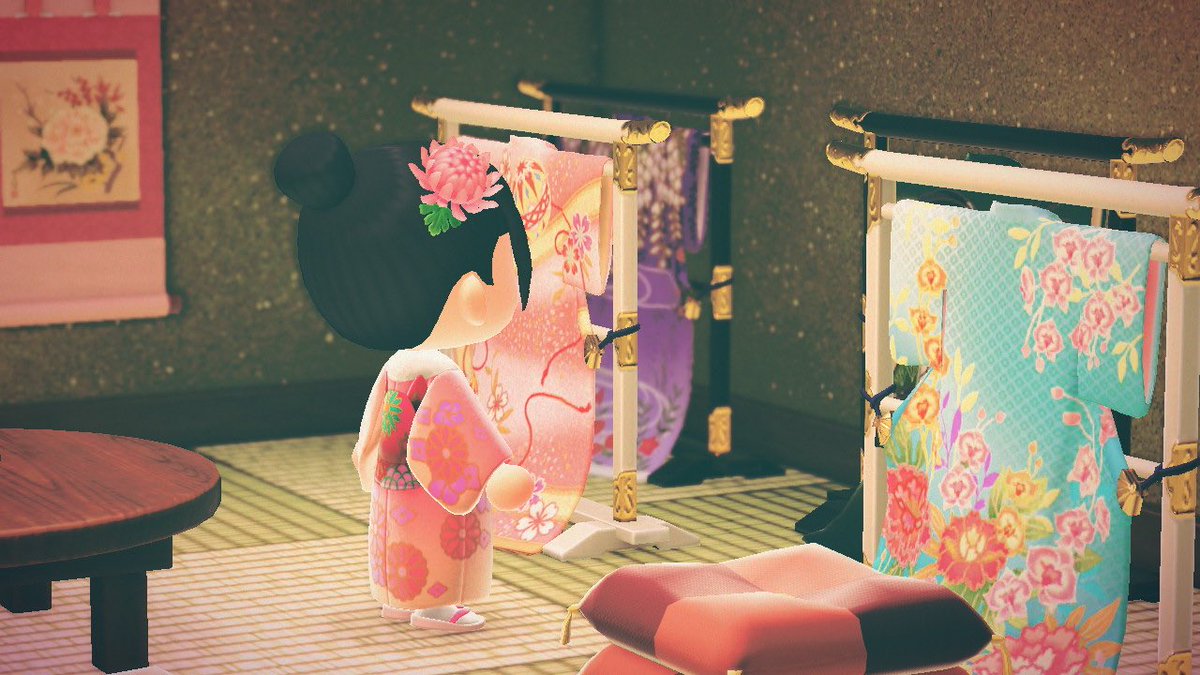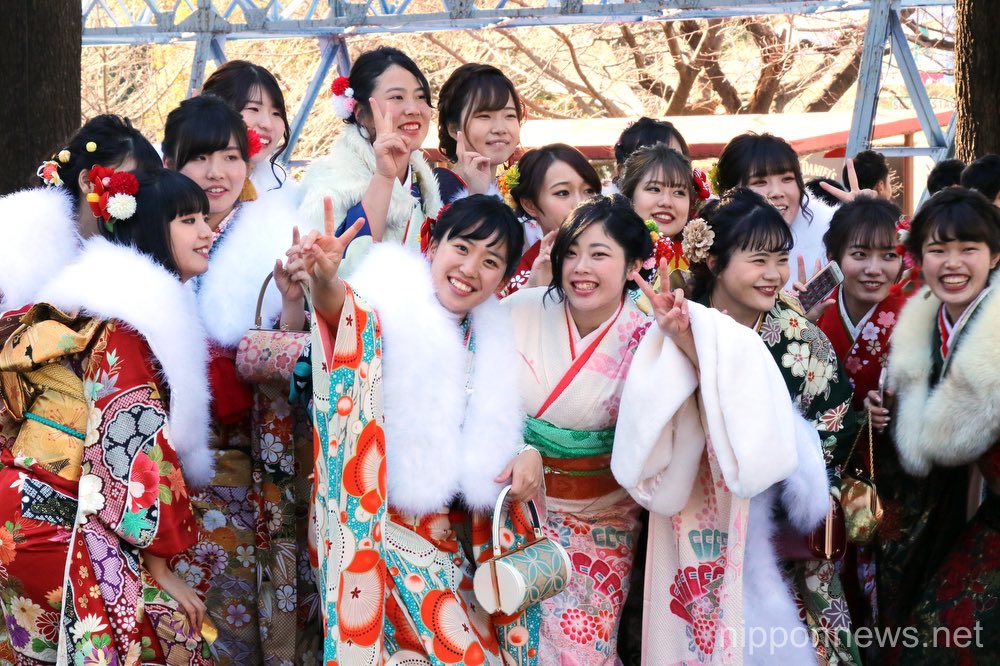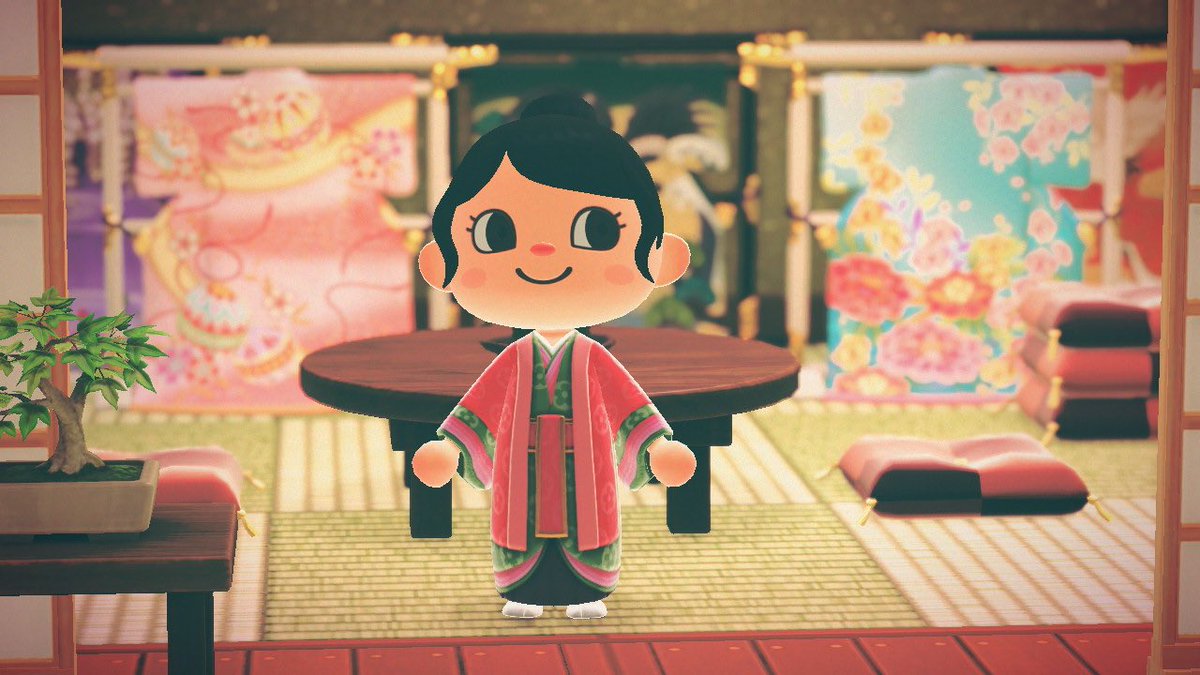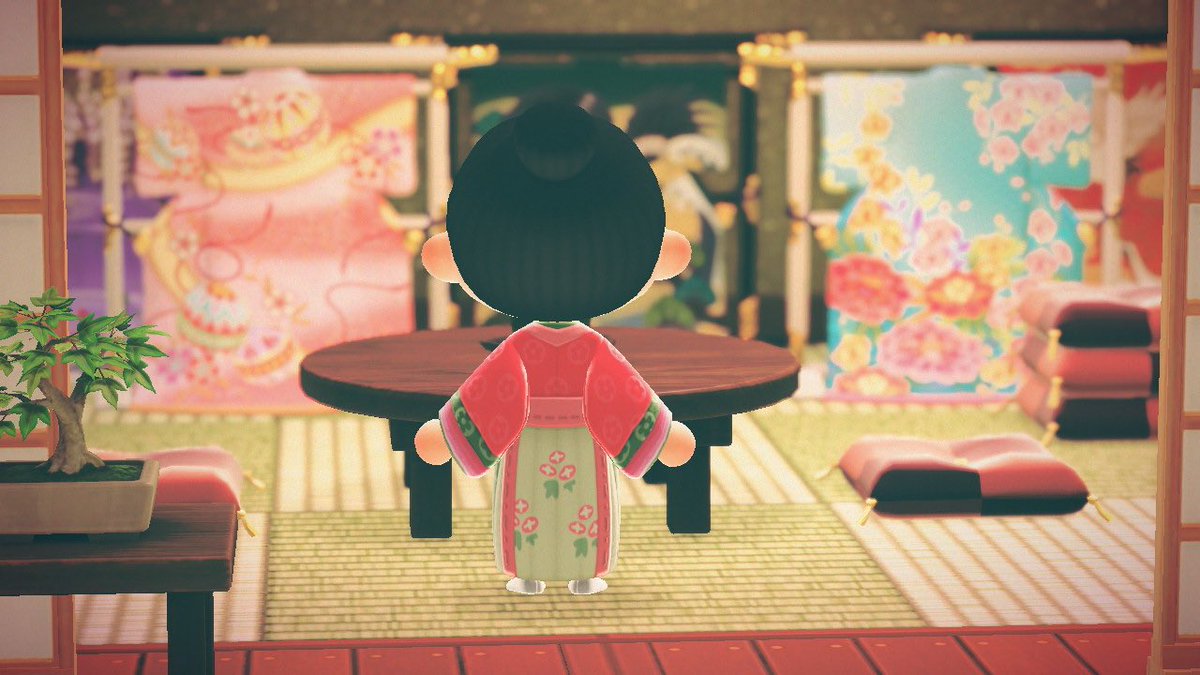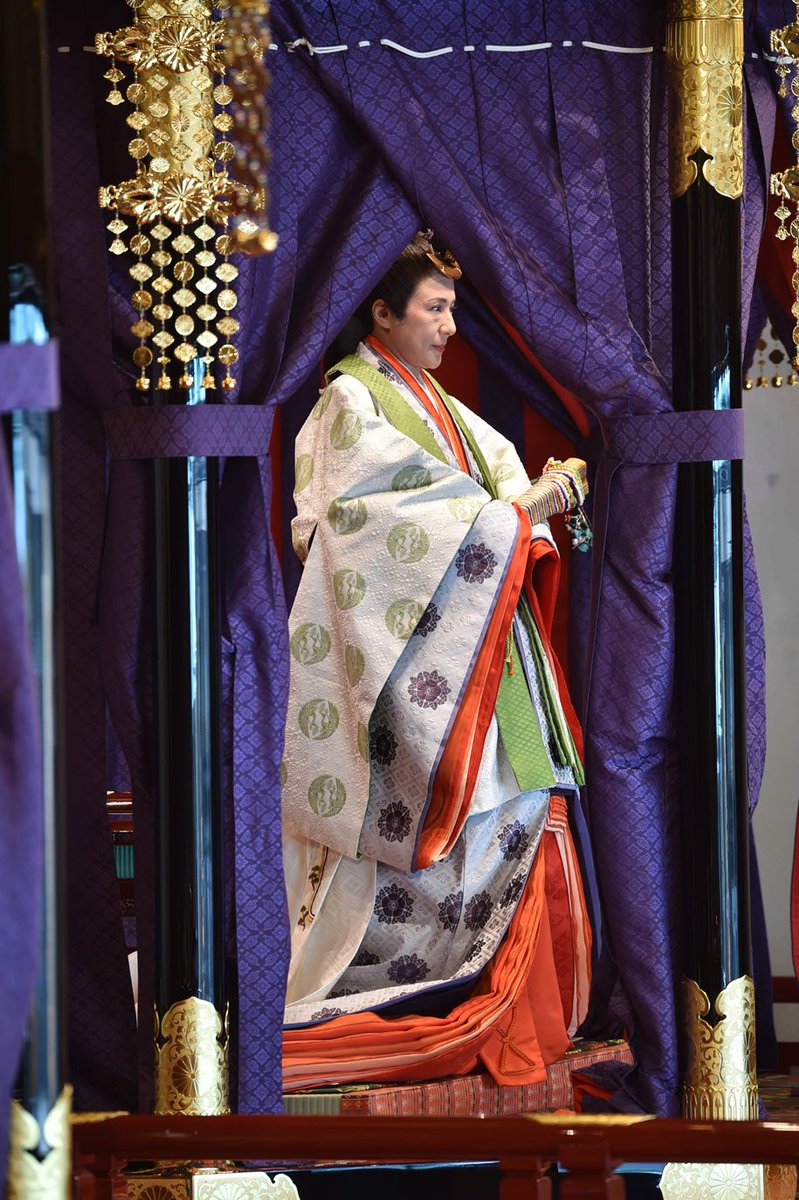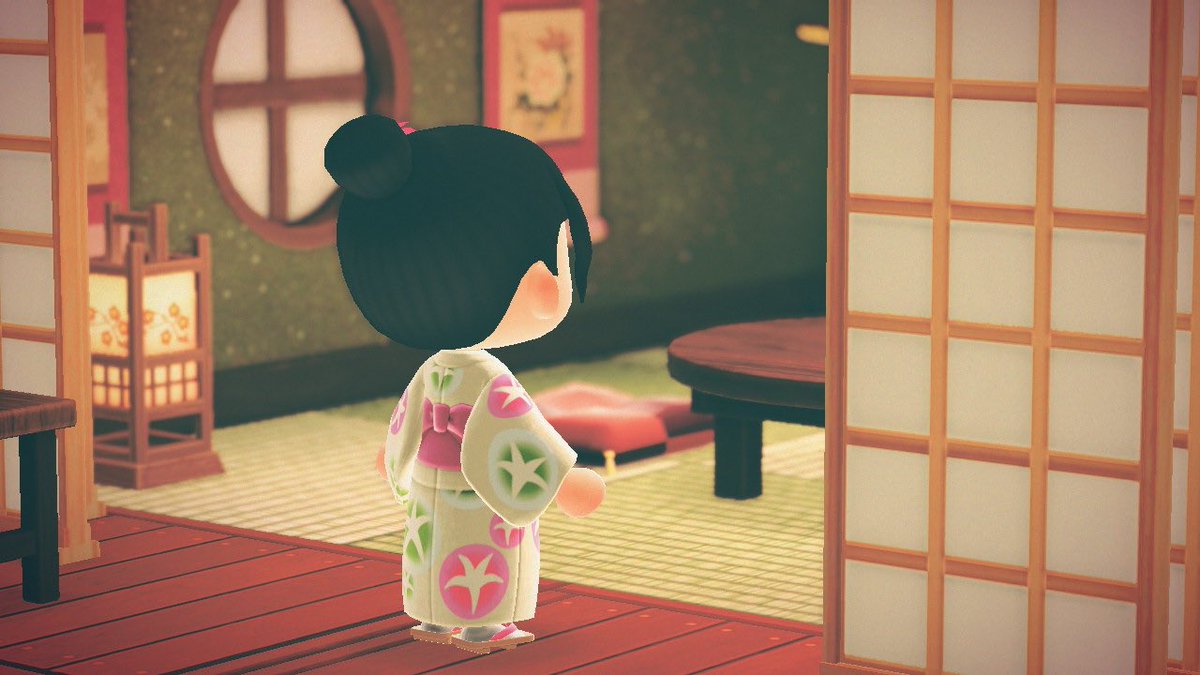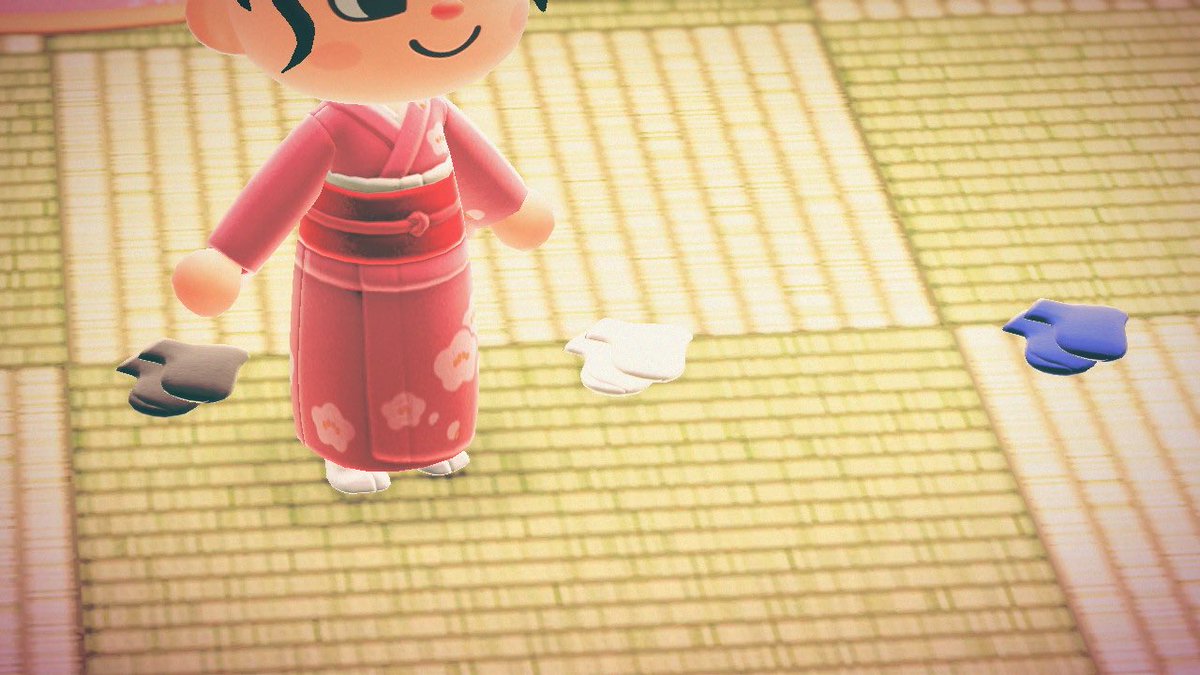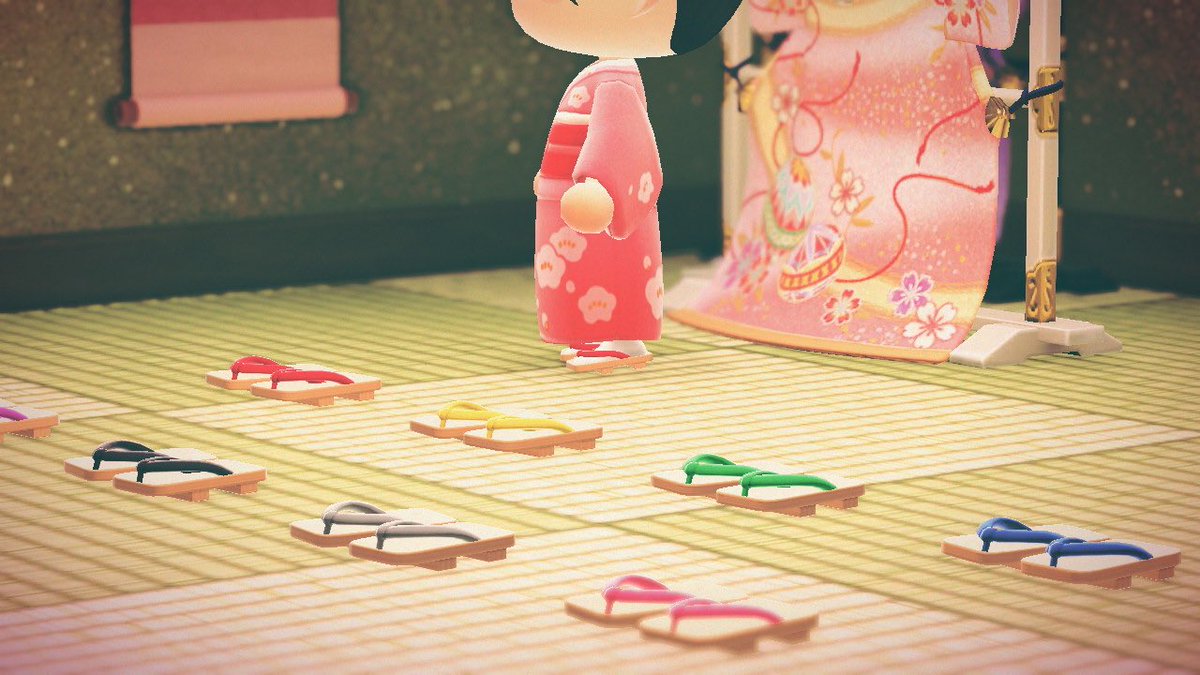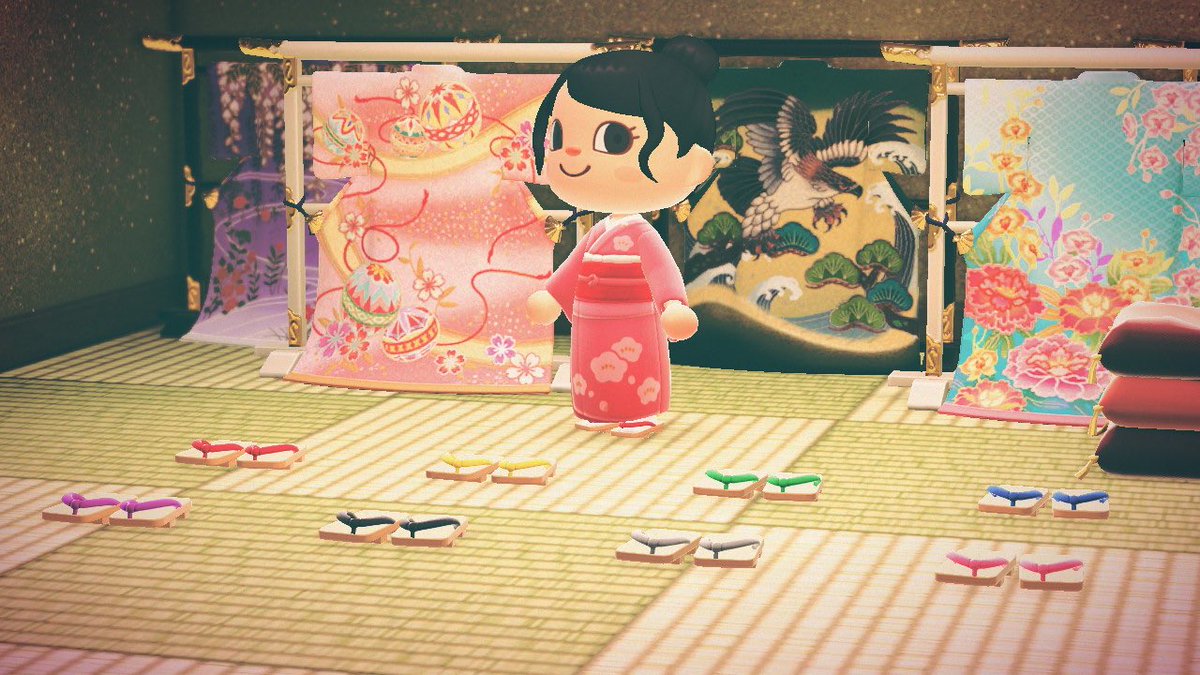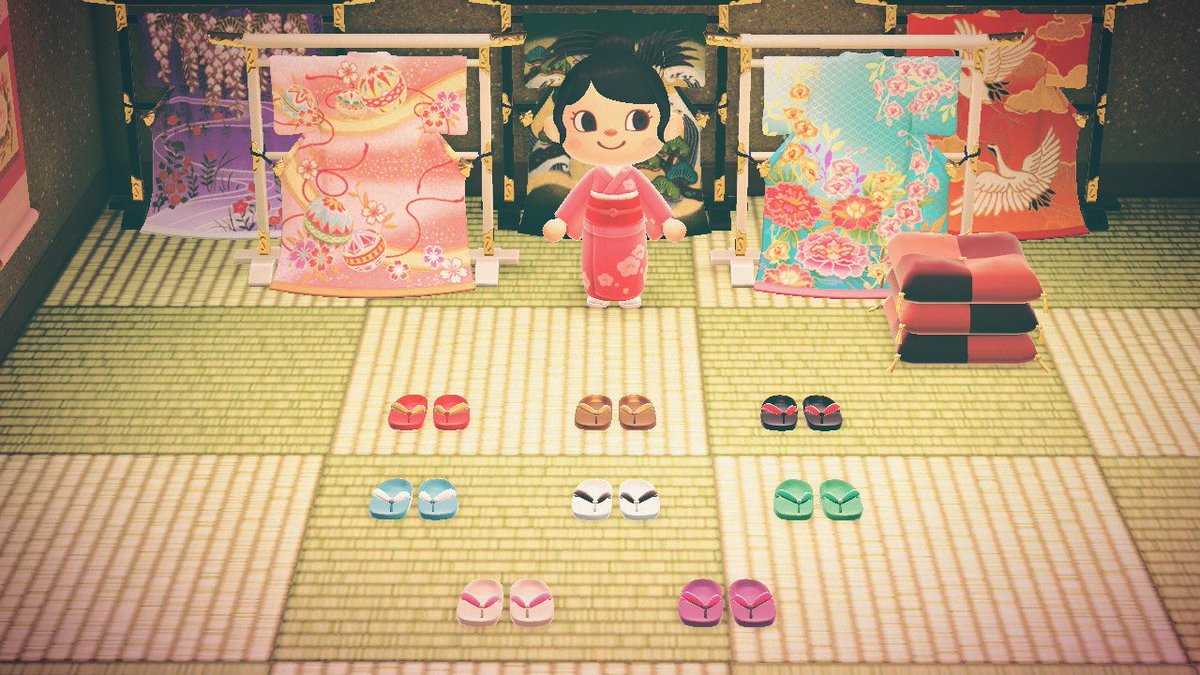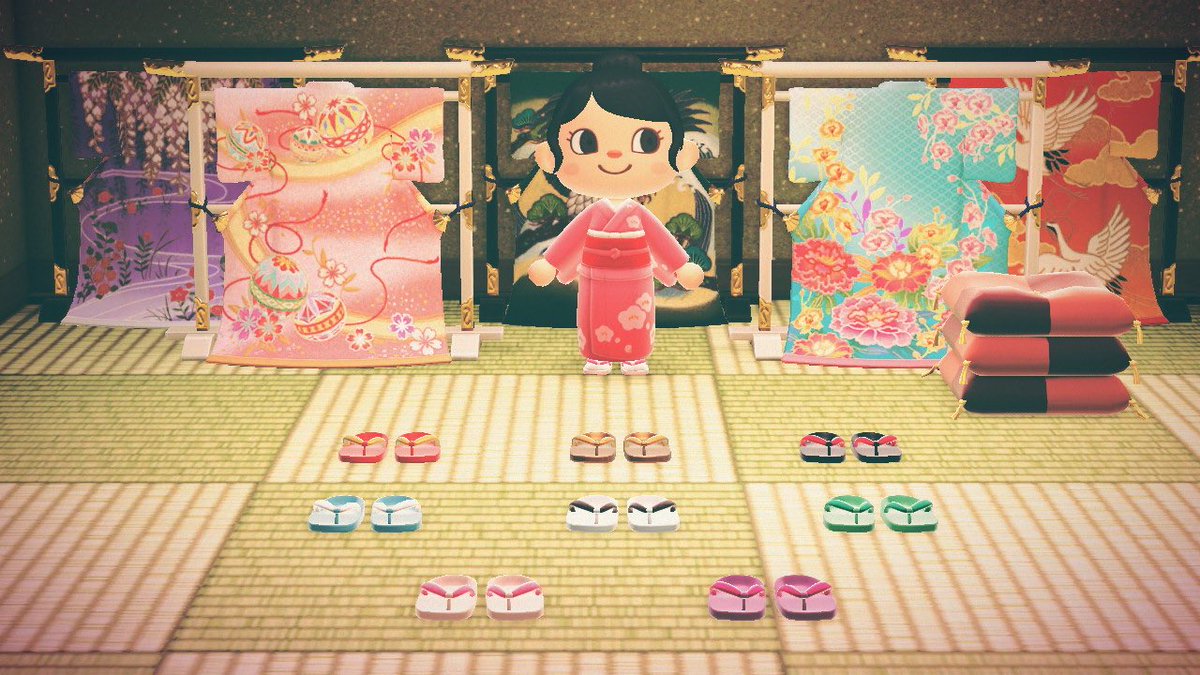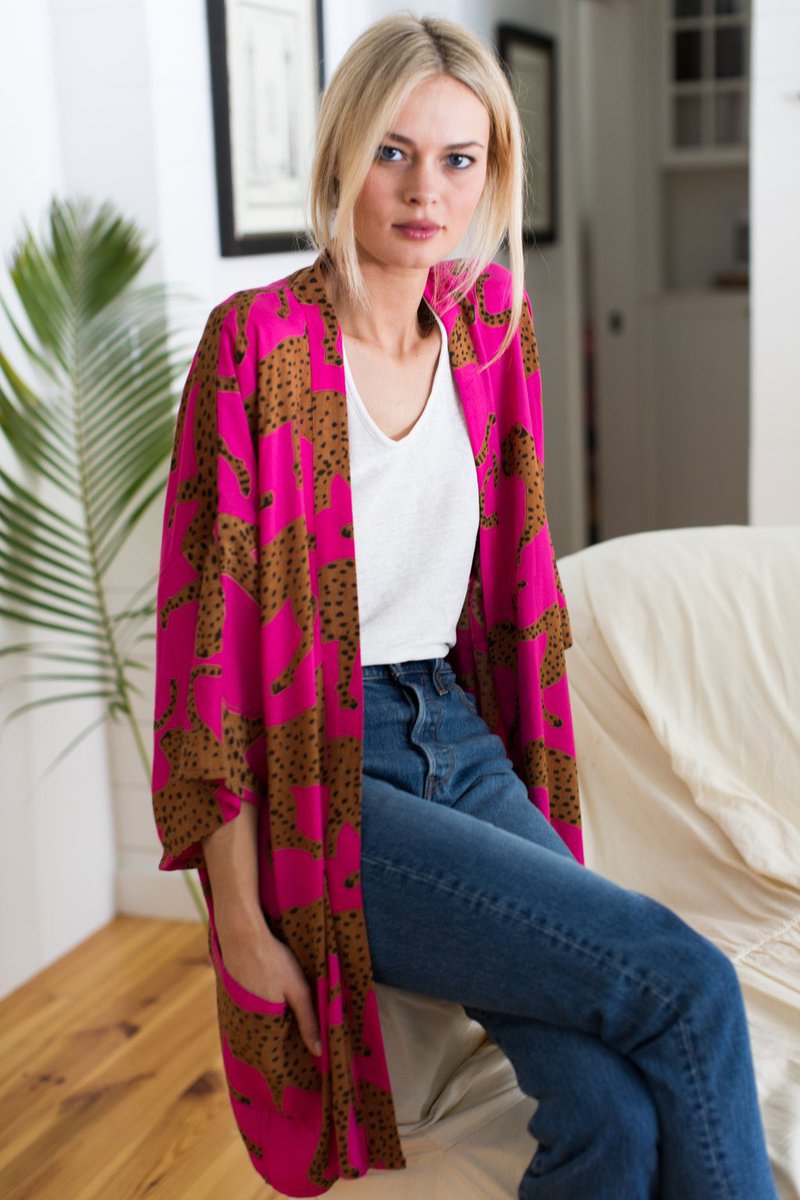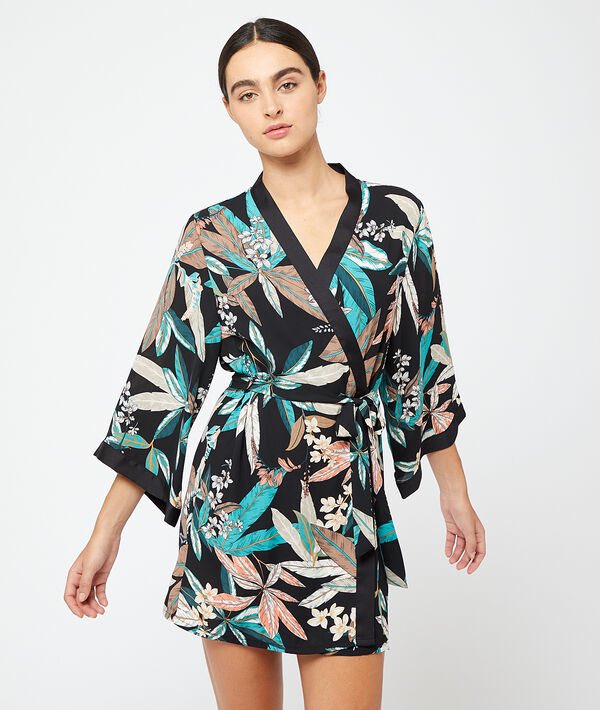(Reposting) This thread focuses on the kimono available in ACNH and some kimono facts to help people learn about kimono!
Just to note: If something in my info about kimono is incorrect, please feel free to reply!! I’m mixed Japanese-American and all the info in the thread was either knowledge from my Japanese relatives or my own research.  https://abs.twimg.com/emoji/v2/... draggable="false" alt="☺️" title="Lächelndes Gesicht" aria-label="Emoji: Lächelndes Gesicht">
https://abs.twimg.com/emoji/v2/... draggable="false" alt="☺️" title="Lächelndes Gesicht" aria-label="Emoji: Lächelndes Gesicht"> https://abs.twimg.com/emoji/v2/... draggable="false" alt="💓" title="Schlagendes Herz" aria-label="Emoji: Schlagendes Herz">
https://abs.twimg.com/emoji/v2/... draggable="false" alt="💓" title="Schlagendes Herz" aria-label="Emoji: Schlagendes Herz">
Kimono is what comes to mind when one thinks of historical Japan. It is often labeled as Japan’s traditional wear!! A kimono is a full-length robe that is most commonly worn for festivals, ceremonies, formal events, and celebrations in recent times.
The word kimono loosely translates to “thing to wear” with ‘ki’ meaning ‘wear’ and ‘mono’ meaning ‘thing’. Originally, kimono were called kurumono which holds the same meaning, but was shorted to kimono.
Kimono are typically made from a single bolt of fabric, cut into pieces and sewn together in a ‘T’ shape. The kimono is worn by folding, tying, and securing it with smaller strips of fabric and eventually an obi belt. When wearing kimono, there are three essential pieces:
The nagajuban, which is the underwear, usually a plain white robe worn under the kimono. The white collar of the nagajuban is visible when wearing kimono!! (It is the white layer that can be seen at the edge of the collar!!)
The kimono itself, worn over the nagajuban. Kimono can come in a variety of colors, patterns, designs, and can be made from various fabrics. Traditional kimono are often made of silk!
The obi, which is the wide belt used to secure the kimono. Obi can be tied in various ways depending on the occasion!!
It is important to note that kimono should always be folded left over right. Kimono are only folded right over left when they are worn by the deceased.
Kimono can also be worn with a haori, a kimono coat. It is worn by both men and women. The only in-game haori I’ve seen is on the hakama with crest outfit! (If you’ve designed any kimono with haori in-game, feel free to reply with your design!)
Kimono are often worn in sync with the seasons. Prints, notifs, and colors will often reflect the flora and fauna of Japan’s seasons. The kimono, obi, and the kanzashi (hair accessories) will usually include designs that compliment each other.
The elaborate kimono stands are decorated with popular kimono motifs like the wisteria, cherry blossoms, pine trees, peonies, and cranes.
Hakama are a piece worn over the kimono and obi, tied at the waist. Originally, hakama were worn only by men, but eventually evolved to be worn by men and women. There are hakama that do and do not have a division in the legs like trousers.
In modern times, women often wear hakama for graduation ceremonies and men will wear hakama for their coming of age ceremonies, tea ceremonies, and weddings. Hakama are also worn for aikido!
The miko attire in ACNH is the outfit typically worn by shrine maidens at Shinto shrines in Japan. This outfit traditionally consists of a white kimono and a red or vermillion hakama. In modern times, miko are often found at temples helping patrons and selling amulets etc.
There is also the blue miko attire in ACNH. From what I could find online, it seems blue hakama are worn by licensed priests of low rank, but if anyone has more insight on that, please reply!!
The fancy kimono in ACNH is similar to the women’s coming of age ceremony attire because of the fur stole. The coming of age ceremony in Japan is when Japanese youth celebrate adulthood on the second Monday in January on their 20th year.
Women will often wear guru side, which are the kimono with long sleeves that is reserved for young women. For the coming of age ceremony, it has become a more recent trend to wear a white fur or feather stole like the one with the fancy kimono in ACNH.
The junihito kimono in ACNH is based on the 12-layer kimono worn by court women in the Heian period. ‘Jumi’ means twelve in Japanese, hence the 12 layers (although it can be worn with more or less layers), and ‘hit or’ translates to ‘unlined kimono’. This outfit is very heavy!!
The empress doll used for Hinamatsuri, or Girl’s Day, often wears a junihitoe.
Mode rly, junihitoe are worn by the empress and princess for the enthronement ceremony or royal weddings in Japan.
Mode rly, junihitoe are worn by the empress and princess for the enthronement ceremony or royal weddings in Japan.
The morning-glory yukata brings in the seasonal motif mentioned earlier, as morning glories are considered a summer flower. Yukata are very causal kimono, usually made from cotton. Nagajuban are not necessary for yukata.
The yukata in-game are what you’d wear to a Bon Odori or for festivals, but yukata are also commonly worn while visiting onsen a (hot springs) it ryokan (traditional Japanese inn).
I also wanted to mention the tabi socks included in-game. Tabi are Japanese split-toe socks made for wearing with traditional Japanese footwear like geta or zori.
The kimono sandals in-game are geta. Geta are wooden sandals that have teeth or stilts on the bottoms. Geta are more casual than zori and can be worn without tabi. Geta are often worn with yukata. Sushi chefs also wear geta to elevate themselves from the fish scraps on the ground
There are also a variety of zori available in-game. Zori are more comfortable and are modern lay considered more formal than most geta. Zori tend to be slightly raised in the heel and are made from more modern materials. Zori are also easier to customize with designs and colors.
Here is a guide on drawing kimono by @ChihiroHowe!! I think it’s very helpful!!
https://twitter.com/chihirohowe/status/1283078826675728385?s=21">https://twitter.com/chihiroho... https://twitter.com/chihirohowe/status/1283078826675728385">https://twitter.com/chihiroho...
https://twitter.com/chihirohowe/status/1283078826675728385?s=21">https://twitter.com/chihiroho... https://twitter.com/chihirohowe/status/1283078826675728385">https://twitter.com/chihiroho...
@mainichi_kimono is a kimono student in Japan and they’ve made this thread on yukata that I think is a great read!!
https://twitter.com/mainichi_kimono/status/1286111824765530114?s=21">https://twitter.com/mainichi_... https://twitter.com/mainichi_kimono/status/1286111824765530114">https://twitter.com/mainichi_...
https://twitter.com/mainichi_kimono/status/1286111824765530114?s=21">https://twitter.com/mainichi_... https://twitter.com/mainichi_kimono/status/1286111824765530114">https://twitter.com/mainichi_...
Here is the guide to drawing kimono that I included in the original thread: https://referensu.tumblr.com/post/132006980936/tanuki-kimono-kimono-drawing-guide-%C2%BD-by">https://referensu.tumblr.com/post/1320...

 Read on Twitter
Read on Twitter Kimono in ACNH https://abs.twimg.com/emoji/v2/... draggable="false" alt="👘" title="Kimono" aria-label="Emoji: Kimono">(Reposting) This thread focuses on the kimono available in ACNH and some kimono facts to help people learn about kimono!" title="https://abs.twimg.com/emoji/v2/... draggable="false" alt="👘" title="Kimono" aria-label="Emoji: Kimono"> Kimono in ACNH https://abs.twimg.com/emoji/v2/... draggable="false" alt="👘" title="Kimono" aria-label="Emoji: Kimono">(Reposting) This thread focuses on the kimono available in ACNH and some kimono facts to help people learn about kimono!" class="img-responsive" style="max-width:100%;"/>
Kimono in ACNH https://abs.twimg.com/emoji/v2/... draggable="false" alt="👘" title="Kimono" aria-label="Emoji: Kimono">(Reposting) This thread focuses on the kimono available in ACNH and some kimono facts to help people learn about kimono!" title="https://abs.twimg.com/emoji/v2/... draggable="false" alt="👘" title="Kimono" aria-label="Emoji: Kimono"> Kimono in ACNH https://abs.twimg.com/emoji/v2/... draggable="false" alt="👘" title="Kimono" aria-label="Emoji: Kimono">(Reposting) This thread focuses on the kimono available in ACNH and some kimono facts to help people learn about kimono!" class="img-responsive" style="max-width:100%;"/>
